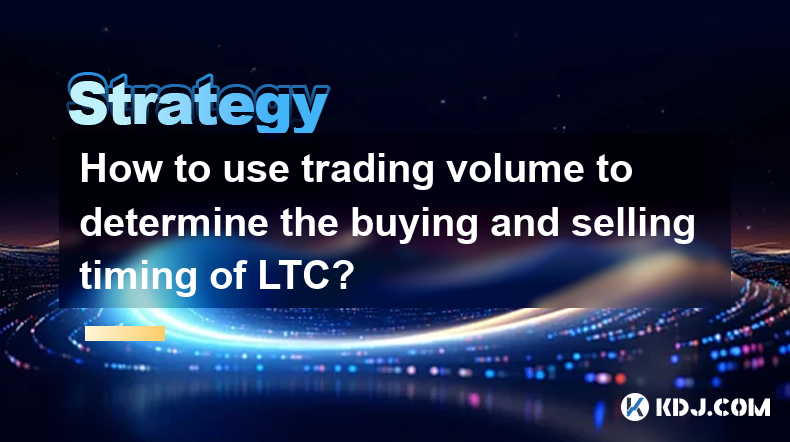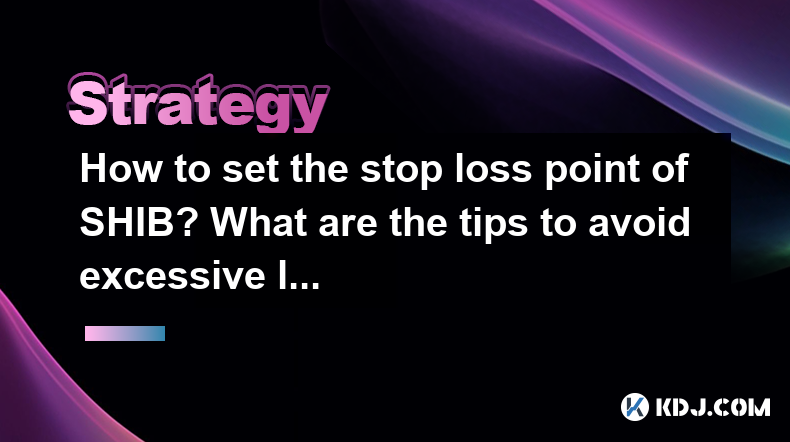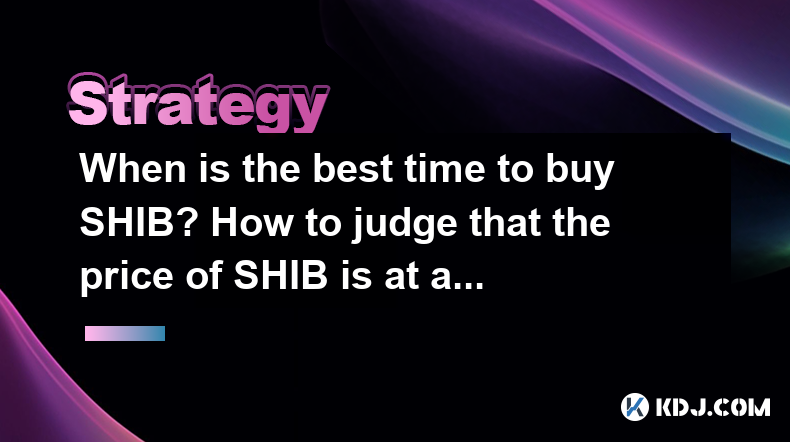-
 Bitcoin
Bitcoin $95,091.9652
1.57% -
 Ethereum
Ethereum $1,803.9064
1.26% -
 Tether USDt
Tether USDt $1.0003
0.00% -
 XRP
XRP $2.3000
2.18% -
 BNB
BNB $606.4848
0.31% -
 Solana
Solana $148.2390
0.42% -
 USDC
USDC $1.0002
0.02% -
 Dogecoin
Dogecoin $0.1791
0.69% -
 Cardano
Cardano $0.7052
0.86% -
 TRON
TRON $0.2492
1.95% -
 Sui
Sui $3.5293
0.30% -
 Chainlink
Chainlink $15.1218
3.97% -
 Avalanche
Avalanche $21.9229
1.80% -
 Stellar
Stellar $0.2830
-0.50% -
 UNUS SED LEO
UNUS SED LEO $8.9901
-0.94% -
 Toncoin
Toncoin $3.2803
0.09% -
 Shiba Inu
Shiba Inu $0.0...01372
2.25% -
 Hedera
Hedera $0.1909
0.58% -
 Bitcoin Cash
Bitcoin Cash $361.2678
4.48% -
 Polkadot
Polkadot $4.2763
4.65% -
 Litecoin
Litecoin $85.8789
0.63% -
 Hyperliquid
Hyperliquid $18.7515
7.54% -
 Dai
Dai $1.0001
0.00% -
 Bitget Token
Bitget Token $4.4092
1.25% -
 Monero
Monero $261.3452
11.12% -
 Ethena USDe
Ethena USDe $0.9995
0.00% -
 Pi
Pi $0.6116
-3.01% -
 Pepe
Pepe $0.0...08954
2.48% -
 Aptos
Aptos $5.5584
3.58% -
 Uniswap
Uniswap $5.4707
-0.20%
How to use trading volume to determine the buying and selling timing of LTC?
Trading volume helps traders identify optimal times to buy and sell Litecoin by analyzing market trends and potential reversals, enhancing decision-making in LTC trading.
Apr 24, 2025 at 11:14 am

Trading volume is a critical indicator that can help traders determine the optimal times to buy and sell Litecoin (LTC). By analyzing the volume of LTC traded over a specific period, traders can gain insights into the strength of market trends and potential reversals. This article will explore how to use trading volume to make informed decisions about buying and selling LTC.
Understanding Trading Volume
Trading volume represents the total number of LTC units traded within a given timeframe, typically shown as a histogram on the bottom of most trading charts. High trading volume indicates a high level of interest and activity in LTC, which can signal strong market momentum. Conversely, low trading volume may suggest a lack of interest or a potential weakening of the current trend.
To use trading volume effectively, it's important to understand its relationship with price movements. When LTC's price increases with high volume, it suggests strong buying pressure and a likely continuation of the upward trend. On the other hand, if the price rises on low volume, it may indicate a weak rally that could be susceptible to a reversal.
Identifying Buying Opportunities with Volume
When looking for buying opportunities, traders should focus on periods where the trading volume increases significantly. This can be a sign of renewed interest and potential upward momentum. Here are some steps to identify buying opportunities using volume:
- Monitor Volume Spikes: Look for sudden increases in trading volume, especially after a period of consolidation or a downtrend. A volume spike can indicate that a new trend is starting.
- Confirm with Price Action: Ensure that the price of LTC is also moving in the direction of the volume spike. If the price is increasing alongside the volume, it strengthens the case for a bullish trend.
- Check for Breakouts: Pay attention to breakouts from key resistance levels accompanied by high volume. This can signal a strong move and a good entry point for buying LTC.
For example, if LTC has been trading in a range and suddenly breaks above a resistance level with significantly higher volume, it could be an ideal time to buy. The increased volume confirms the breakout and suggests that the upward move is likely to continue.
Determining Selling Points with Volume
Selling LTC at the right time is equally important for maximizing profits. Volume can help identify when a trend might be losing steam or reversing. Here are some strategies to determine selling points using volume:
- Watch for Volume Divergence: If the price of LTC continues to rise but the trading volume starts to decrease, it could indicate that the upward trend is losing strength. This divergence between price and volume can be a signal to sell.
- Identify Volume Climaxes: A volume climax occurs when there is an extremely high volume spike, often at the peak of a trend. This can signal that the trend is about to reverse, making it a good time to sell.
- Monitor Volume at Resistance Levels: If LTC approaches a resistance level and the volume starts to increase, it could indicate that sellers are stepping in. This might be a good time to sell before a potential price drop.
For instance, if LTC has been in an uptrend and reaches a new high with a significant volume spike, it might be a sign of a volume climax. Traders could consider selling at this point to lock in profits before a potential reversal.
Using Volume in Conjunction with Other Indicators
While volume is a powerful tool, it is most effective when used in conjunction with other technical indicators. Combining volume analysis with indicators like moving averages, Relative Strength Index (RSI), and Bollinger Bands can provide a more comprehensive view of the market.
- Moving Averages: Use volume to confirm breakouts above or below moving averages. A breakout with high volume is more likely to be sustained.
- RSI: Look for divergences between RSI and price, and use volume to confirm these signals. For example, if RSI is showing overbought conditions and volume is decreasing, it could be a good time to sell.
- Bollinger Bands: When LTC's price breaks out of the Bollinger Bands with high volume, it can signal a strong move. Use volume to confirm these breakouts and decide on entry or exit points.
By integrating volume with other indicators, traders can make more informed decisions and increase their chances of success in the LTC market.
Practical Example of Using Volume to Trade LTC
To illustrate how to use volume in real trading scenarios, let's walk through a hypothetical example of buying and selling LTC based on volume analysis.
Identifying a Buying Opportunity:
- Suppose LTC has been trading in a range between $50 and $60 for several weeks. The trading volume has been relatively low during this period.
- Suddenly, LTC breaks above the $60 resistance level with a significant increase in volume. The volume bar is much taller than the previous bars, indicating strong buying interest.
- To confirm the breakout, you check the RSI, which is not in overbought territory, and the moving averages, which are also showing a bullish crossover.
- Based on this analysis, you decide to buy LTC at around $62, just above the breakout level.
Determining a Selling Point:
- After buying LTC, the price continues to rise, reaching $70. However, you notice that the trading volume starts to decrease as the price approaches this level.
- You also observe that the RSI is entering overbought territory, and there is a volume divergence between the price and the volume.
- As LTC approaches a new resistance level at $75, the volume spikes again, indicating that sellers might be stepping in.
- Based on these signals, you decide to sell LTC at around $73, before the potential reversal.
This example demonstrates how volume can be used to identify both buying and selling opportunities in the LTC market. By paying close attention to volume spikes, divergences, and climaxes, traders can make more informed decisions and improve their trading outcomes.
Frequently Asked Questions
Q: Can trading volume alone be used to make trading decisions?
A: While trading volume is a powerful indicator, it is generally more effective when used in conjunction with other technical indicators. Relying solely on volume can lead to false signals, so it's important to confirm volume signals with price action and other tools.
Q: How can I access trading volume data for LTC?
A: Trading volume data for LTC can be accessed through various cryptocurrency exchanges and trading platforms. Most platforms provide volume data as part of their charting tools, allowing you to view historical volume alongside price data.
Q: Is there a specific time frame that is best for analyzing LTC trading volume?
A: The best time frame for analyzing LTC trading volume depends on your trading style. Short-term traders might focus on hourly or 15-minute charts, while long-term investors might look at daily or weekly charts. It's important to choose a time frame that aligns with your trading goals and strategy.
Q: How does trading volume differ between different cryptocurrency exchanges?
A: Trading volume can vary significantly between different cryptocurrency exchanges due to differences in user base, liquidity, and trading activity. It's important to consider volume data from multiple exchanges to get a comprehensive view of the market. Some traders use aggregated volume data from multiple sources to make more informed decisions.
Disclaimer:info@kdj.com
The information provided is not trading advice. kdj.com does not assume any responsibility for any investments made based on the information provided in this article. Cryptocurrencies are highly volatile and it is highly recommended that you invest with caution after thorough research!
If you believe that the content used on this website infringes your copyright, please contact us immediately (info@kdj.com) and we will delete it promptly.
- The Web3 gaming model is booming, but many small creators are still struggling.
- 2025-04-29 08:40:12
- The 3 Best Meme Coins to Buy Now: Pudgy Penguins (PENGU) Gains 29% Today
- 2025-04-29 08:40:12
- Pre-AIO market sentiment analysis of the Cosmos (ATOM) and Dogwifhat (WIF) price
- 2025-04-29 08:35:12
- Qubetics, Kidney, Bittensa, arbitrator: 4 Cryptos Watch in 2025
- 2025-04-29 08:35:12
- Rice Robotics Partners with Floki to Launch a Floki-Themed Robot and RICE Token
- 2025-04-29 08:30:12
- BlockDAG (BDAG): Turning the Presale into a Competitive Arena
- 2025-04-29 08:30:12
Related knowledge

What are the short-selling strategies for SHIB? How to hedge the risk of decline?
Apr 29,2025 at 03:49am
In the world of cryptocurrencies, short-selling strategies and hedging against potential declines are crucial for managing risk, especially with volatile assets like SHIB (Shiba Inu). This article will delve into various short-selling strategies for SHIB and explore ways to hedge the risk of decline. Understanding Short-Selling in the Context of SHIBSho...

How to find the support and resistance levels of SHIB? Is technical analysis useful?
Apr 29,2025 at 12:28am
Introduction to Support and Resistance Levels in SHIBWhen trading or investing in cryptocurrencies like Shiba Inu (SHIB), understanding the concept of support and resistance levels is crucial. These levels help traders predict potential price movements and make informed decisions. Support levels are price points where a downtrend can be expected to paus...

How to set the stop loss point of SHIB? What are the tips to avoid excessive losses?
Apr 29,2025 at 05:00am
Understanding Stop Loss in Cryptocurrency TradingSetting a stop loss is a critical strategy for managing risk in cryptocurrency trading, especially when dealing with volatile assets like Shiba Inu (SHIB). A stop loss order is an instruction to sell a cryptocurrency when it reaches a certain price level, which helps to limit an investor's loss on a posit...

When is the best time to buy SHIB? How to judge that the price of SHIB is at a low point?
Apr 28,2025 at 08:57pm
When is the best time to buy SHIB? How to judge that the price of SHIB is at a low point? Determining the best time to buy Shiba Inu (SHIB) and identifying when its price is at a low point involves understanding market trends, technical analysis, and the broader crypto ecosystem. This article will delve into these aspects to help you make informed decis...

How to arbitrage through AVAX contract trading? What risks should I pay attention to?
Apr 28,2025 at 07:35pm
Introduction to AVAX Contract TradingArbitrage through AVAX contract trading involves taking advantage of price discrepancies of Avalanche (AVAX) across different platforms or contracts. AVAX, the native token of the Avalanche blockchain, is a popular cryptocurrency that can be traded on various decentralized exchanges (DEXs) and centralized exchanges (...

What should I do when the price of AVAX fluctuates violently? Chase the rise or stop loss?
Apr 29,2025 at 01:35am
When the price of AVAX fluctuates violently, it can be challenging to decide whether to chase the rise or implement a stop loss. Understanding the dynamics of the market and your own investment strategy is crucial in making an informed decision. Let's delve into the strategies and considerations for handling such situations. Understanding AVAX and Its M...

What are the short-selling strategies for SHIB? How to hedge the risk of decline?
Apr 29,2025 at 03:49am
In the world of cryptocurrencies, short-selling strategies and hedging against potential declines are crucial for managing risk, especially with volatile assets like SHIB (Shiba Inu). This article will delve into various short-selling strategies for SHIB and explore ways to hedge the risk of decline. Understanding Short-Selling in the Context of SHIBSho...

How to find the support and resistance levels of SHIB? Is technical analysis useful?
Apr 29,2025 at 12:28am
Introduction to Support and Resistance Levels in SHIBWhen trading or investing in cryptocurrencies like Shiba Inu (SHIB), understanding the concept of support and resistance levels is crucial. These levels help traders predict potential price movements and make informed decisions. Support levels are price points where a downtrend can be expected to paus...

How to set the stop loss point of SHIB? What are the tips to avoid excessive losses?
Apr 29,2025 at 05:00am
Understanding Stop Loss in Cryptocurrency TradingSetting a stop loss is a critical strategy for managing risk in cryptocurrency trading, especially when dealing with volatile assets like Shiba Inu (SHIB). A stop loss order is an instruction to sell a cryptocurrency when it reaches a certain price level, which helps to limit an investor's loss on a posit...

When is the best time to buy SHIB? How to judge that the price of SHIB is at a low point?
Apr 28,2025 at 08:57pm
When is the best time to buy SHIB? How to judge that the price of SHIB is at a low point? Determining the best time to buy Shiba Inu (SHIB) and identifying when its price is at a low point involves understanding market trends, technical analysis, and the broader crypto ecosystem. This article will delve into these aspects to help you make informed decis...

How to arbitrage through AVAX contract trading? What risks should I pay attention to?
Apr 28,2025 at 07:35pm
Introduction to AVAX Contract TradingArbitrage through AVAX contract trading involves taking advantage of price discrepancies of Avalanche (AVAX) across different platforms or contracts. AVAX, the native token of the Avalanche blockchain, is a popular cryptocurrency that can be traded on various decentralized exchanges (DEXs) and centralized exchanges (...

What should I do when the price of AVAX fluctuates violently? Chase the rise or stop loss?
Apr 29,2025 at 01:35am
When the price of AVAX fluctuates violently, it can be challenging to decide whether to chase the rise or implement a stop loss. Understanding the dynamics of the market and your own investment strategy is crucial in making an informed decision. Let's delve into the strategies and considerations for handling such situations. Understanding AVAX and Its M...
See all articles






















































































